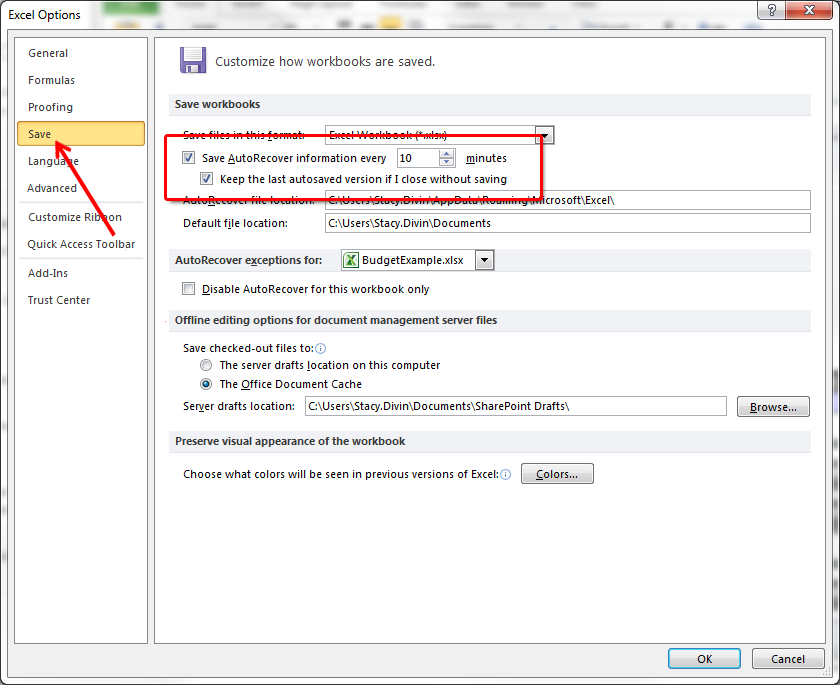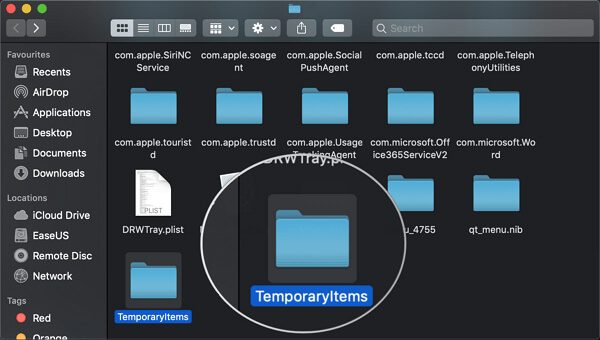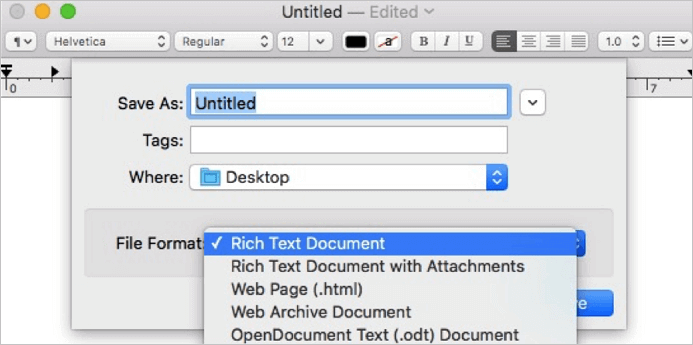

On a Mac, just press Cmd + S to save in most apps.

Second, build a habit of manually saving your documents as often as possible.

Compared to existing on just your Mac's hard drive, saving them in the cloud lets you access your documents from anywhere in the world. But there's still more you can do to help yourself.įirst of all, consider saving your documents in cloud storage like iCloud, OneDrive, or Google Drive. Most word processors are good at overcoming these obstacles by letting you recover previous versions. It's too easy to lose precious documents by saving over files or editing the contents. Look at the timestamps or open each of the documents in this folder to find what you're looking for. This should take you to the AutoRecovery folder on your Mac, where you can find previous versions of your documents. Documents/Microsoft User Data/Office 2008 AutoRecovery If you use Microsoft Office 2008, use the following file path for any app: Users//Library/Application Support/Microsoft/Office/Office 2011 AutoRecovery If you use Microsoft Office 2011, use the following file path for any app:

It's easy to recover unsaved documents in Microsoft Office when that happens.Īll you typically need to do is reopen the app and a Document Recovery window should appear. If Microsoft Word, Excel, or PowerPoint stops working, you might lose the latest changes you made to your documents.
#Where is auto recovery for word mac 2011 how to
How to Find Microsoft Office AutoRecovery Files on Your Mac Click it to preview the file, then choose Restore if it's the version you want. Use the timestamps to decide which one you want to recover. Then go to File > Revert To > Browse All Versions from the menu bar.Īfter doing so, you'll see a panel showing all the previously saved versions of your current document. To see the available previous versions of your document, open it in the Pages, Numbers, or Keynote app on your Mac. How to Recover to Previous iWork Documents in the App One works when you're using the Mac app, while the other is for the iCloud website. There are two ways to recover previous versions of your Pages, Numbers, or Keynotes documents. Every time you save changes to a document, iWork archives a copy that you can recover at a later date. It has many advantages, but the most notable one for the current discussion is its built-in versioning. There are lots of reasons to use iWork instead of Microsoft Office. IWork Lets You Browse All Versions of Your Documents We'll look at a few of them here, and then share suggestions for avoiding the problem in the first place. But if you're on a Mac, you have a few options for recovering your previous Word, Pages, or Google Docs documents. I have saved the files I need- Select this option if you are sure you don't need the data in the recovered versions of the files.When you discover that you overwrote an important document, your first reaction is likely to panic. Yes, I want to view these files later (safest option) - Select this option if you are not sure whether you need the data in the recovered versions of the files. The next time you open the application you'll have the option to save or remove those autorecover files. If you click Close without reviewing all recovered files, you'll see an option to view them again later. Select the arrow next to the file name in the recovery pane. You can also select each file to open and review the document.Īfter opening any file in the list, you can continue working in it, and you can close the Document Recovery pane when you've recovered all documents that you want to save. If you see multiple versions of the same file, you'll probably want to open the one with the most recent time because it will have the most recent changes. If you see multiple files in the Available Files list on the Document Recovery pane and aren't sure which ones to save, the date and creation time of any automatically saved document appears under the document name and may give you a clue about which file you want to recover.


 0 kommentar(er)
0 kommentar(er)
